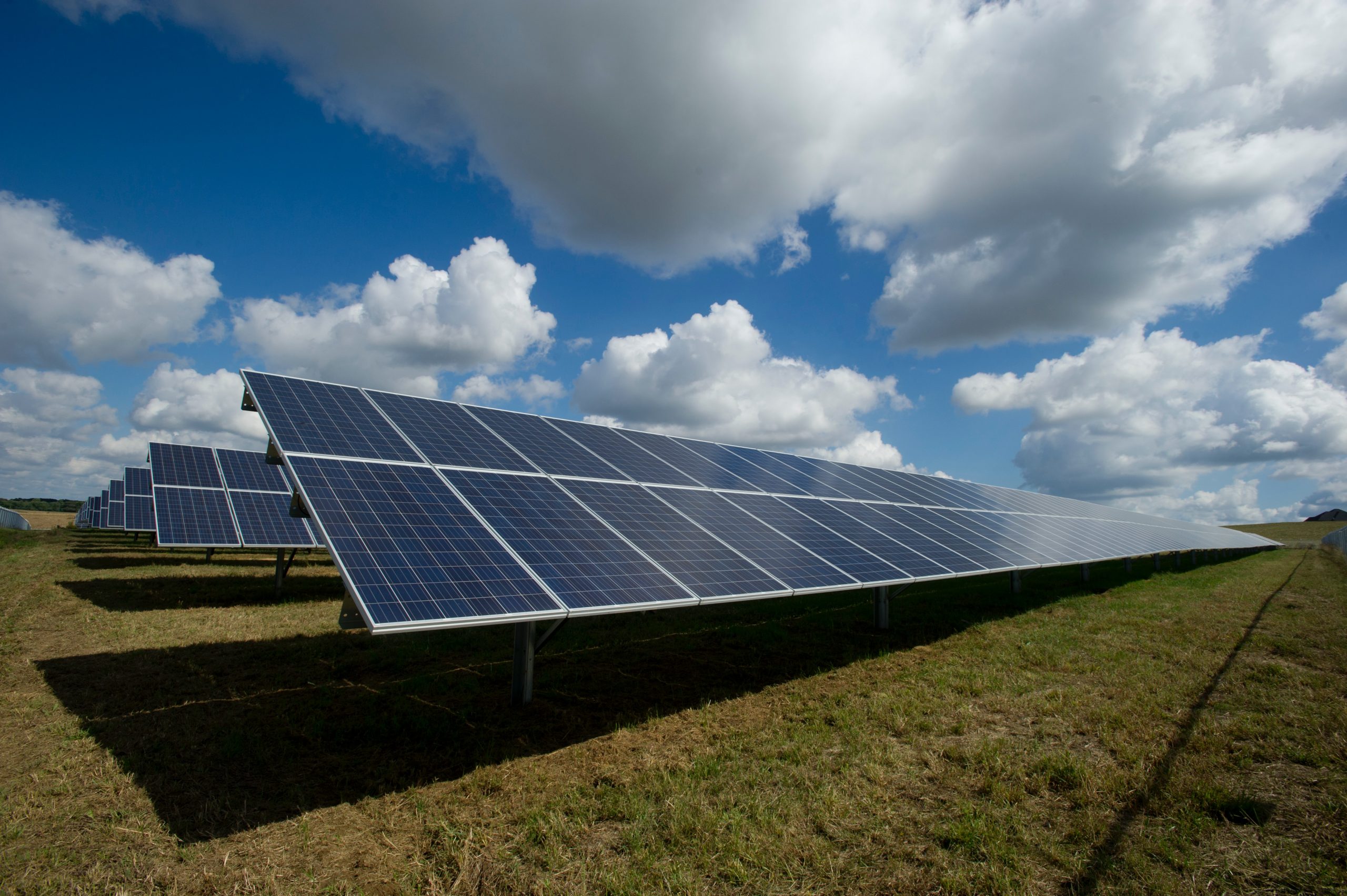Our main source of energy in day to day life is fossil fuels like coal and natural gas, which are formed from years of intense pressure under many layers of sediment. These fossilized energies are non-renewable, because they will run out at some point, as fossils take generations to form. Not only will our main source of energy run out, but it’s also really bad for the planet, as it causes air pollution, which results in global warming. When you think about all that, it doesn’t make sense why fossil fuels are our main sources of energy. Why not use eco-friendly renewable resources like solar power? As it turns out, there are some problems with the eco-friendly, renewable lifestyle as well. Let’s look at the ups and downs of living in a sun-powered society.
Solar power is energy from the sun. The sun’s light is a nonstop energy producer, that allows plants to grow and animals to flourish. Solar energy is collected by solar panels. Solar panels work by letting protons (particles of light from the sun) knock electrons free from their atoms, creating electricity. Solar panels are made of photovoltaic cells (cells that convert sunlight into electricity. The photovoltaic cells are put in between two layers of silicon (microelectric material). The silicon allows the cells to establish an electric field, where opposite charges (positive and negative) are separated, which works because manufacturers cover silicon in other materials, giving each part of the panel positive and negative charge. When a photon pushes an electron free, the electric field will knock the newfound electricity out of the silicon. Lastly, metal conductive plates are attached to make the energy flow out of the panels and into wires.
Subscribe to our newsletter to get the rest of this article!
Diya V.
4/29/2021
Photo from Unsplash©.


